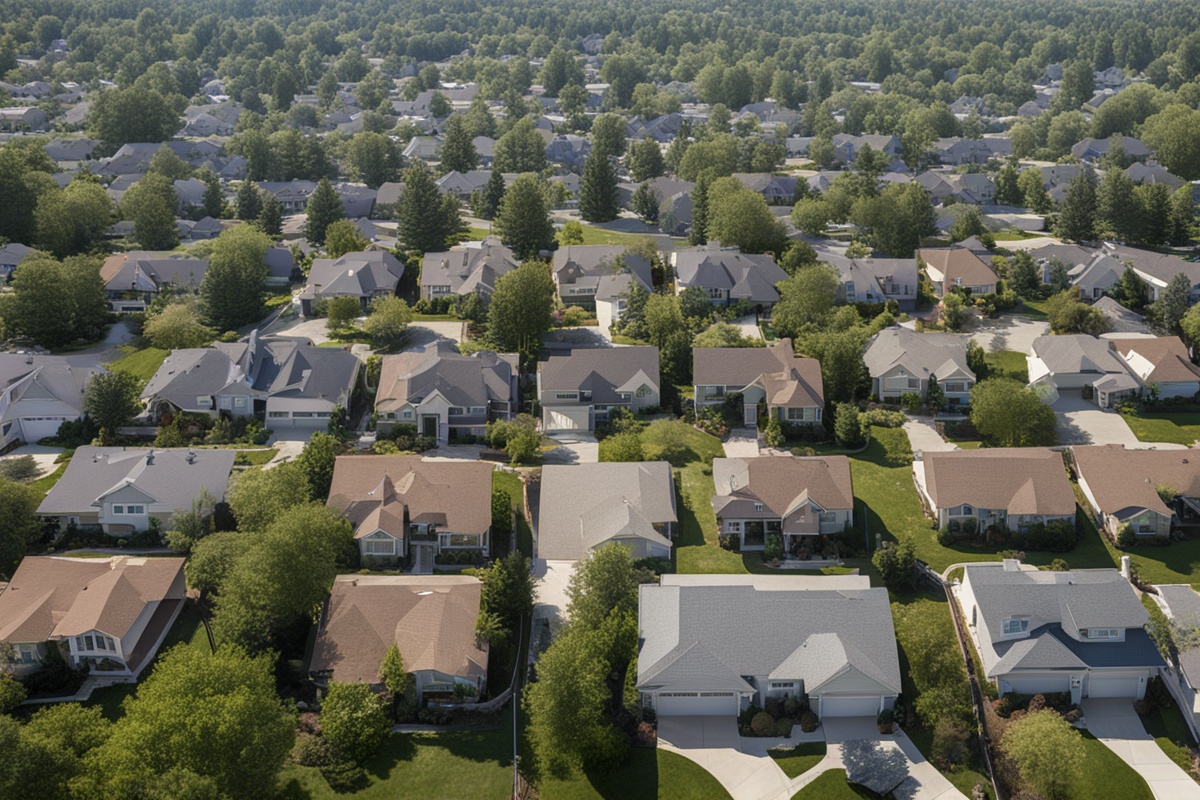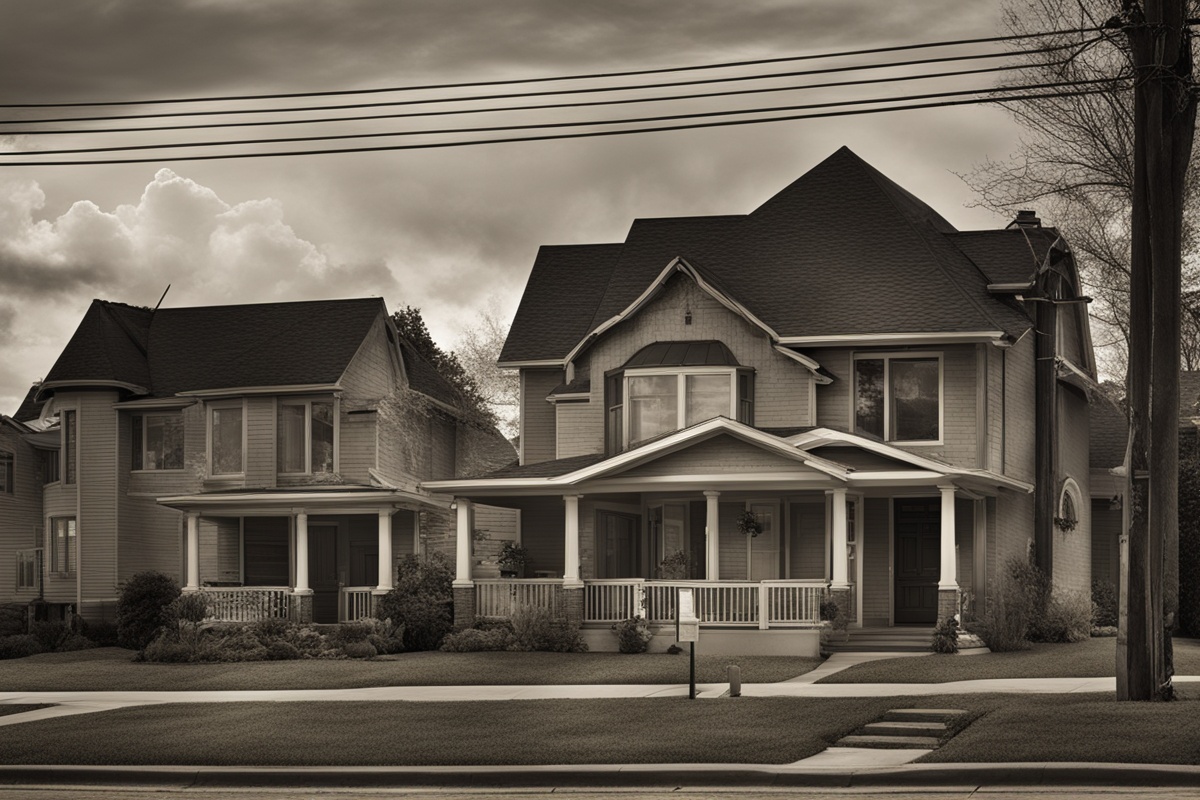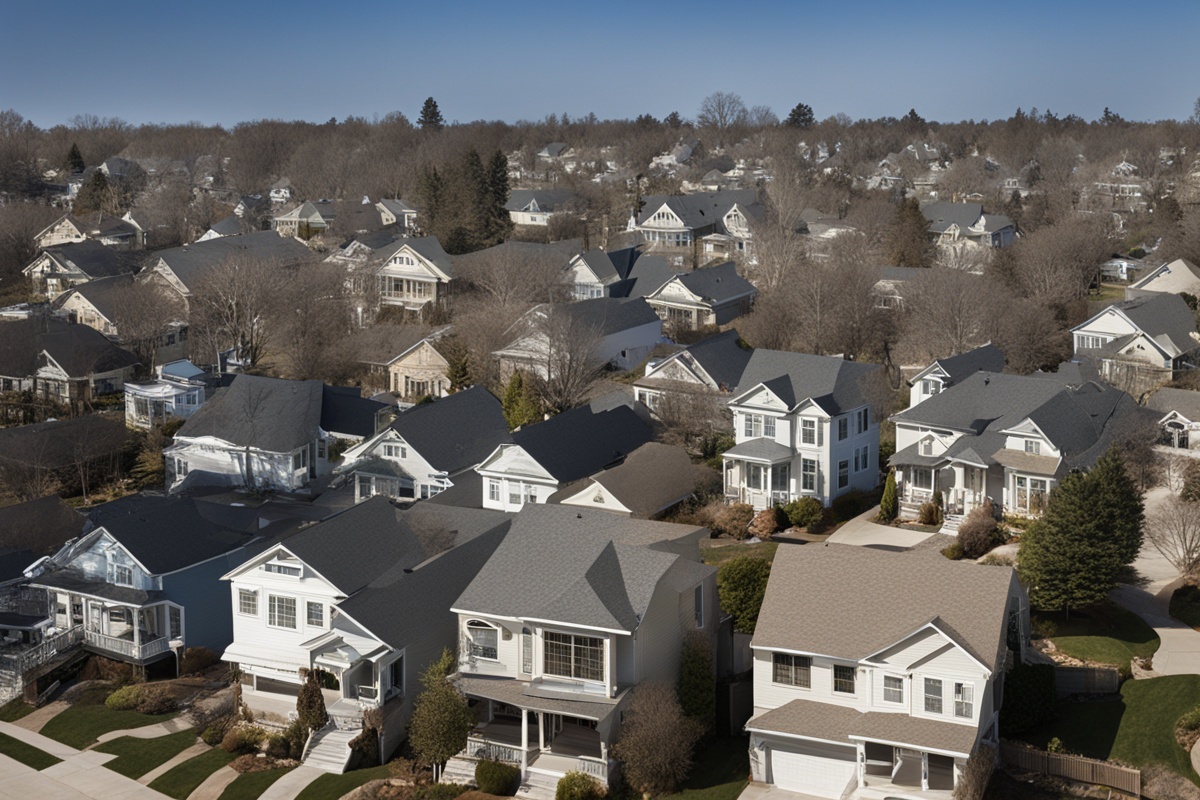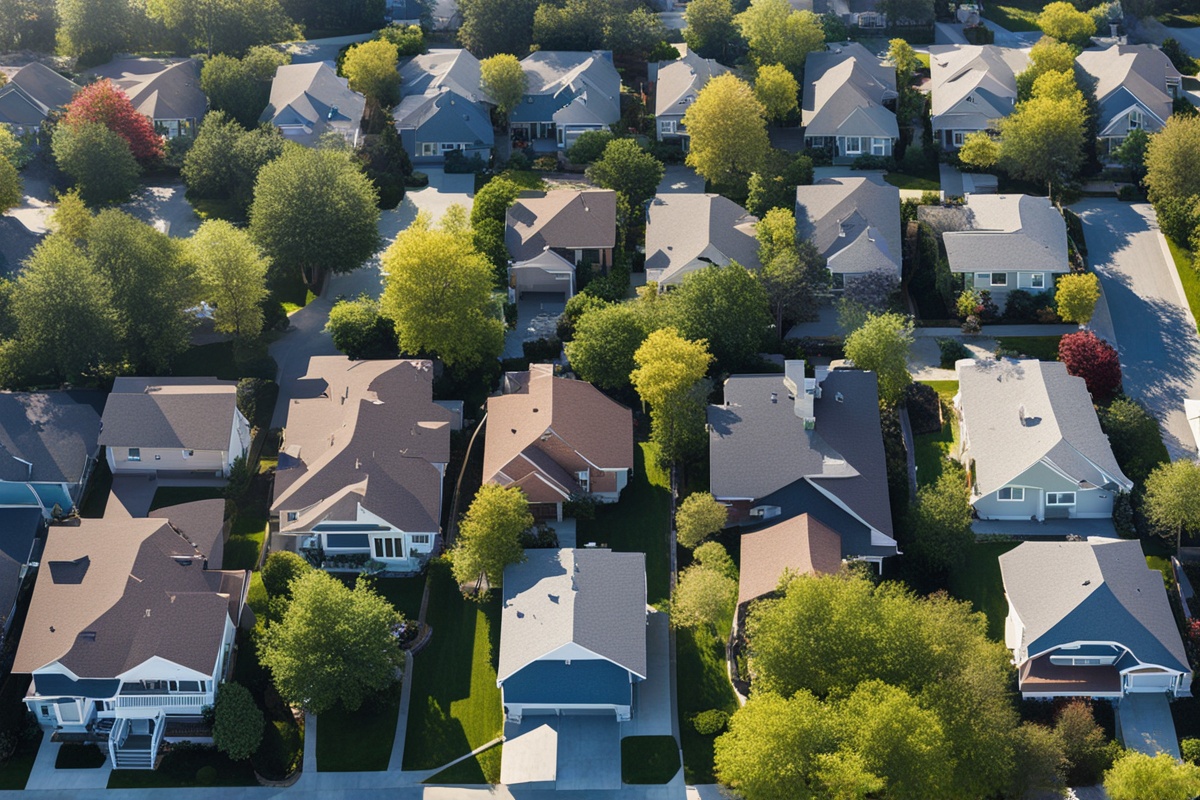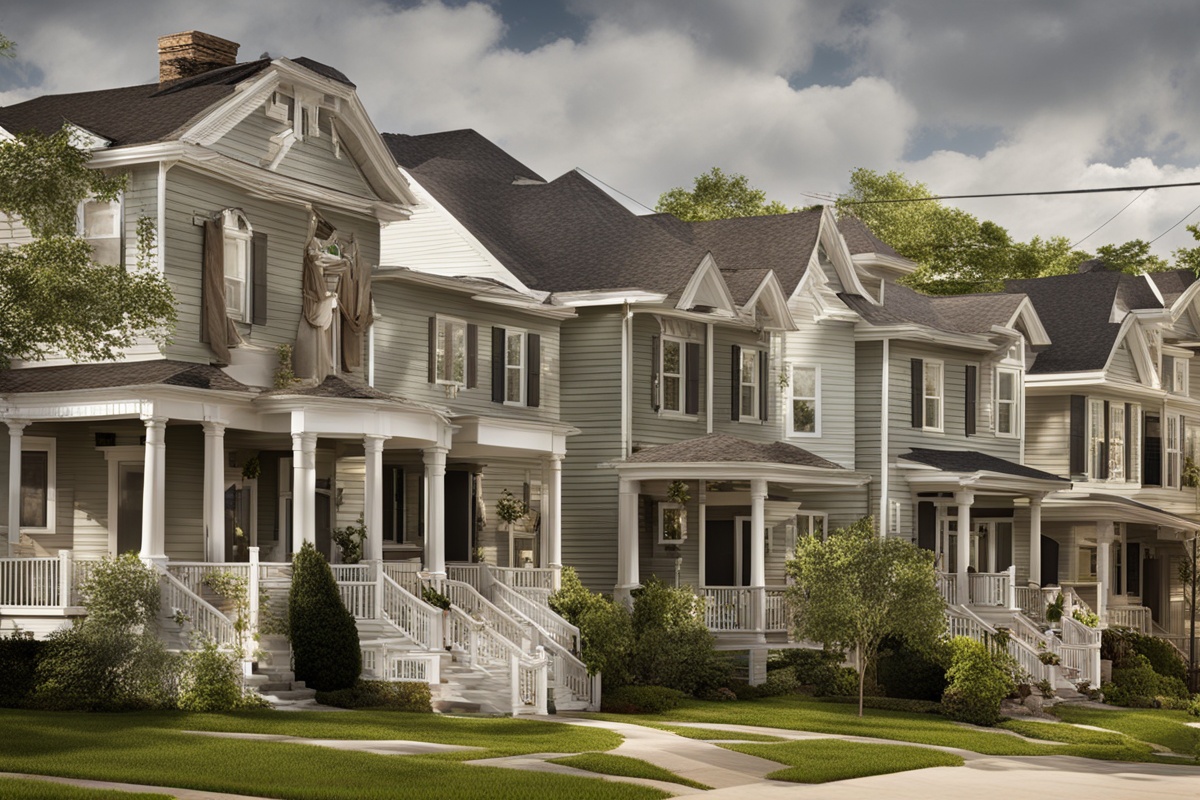Foreclosures can leave a lasting mark on neighborhoods, affecting property values, community morale, and local economies. However, through dedicated efforts and strategic planning, communities can bounce back stronger than ever. This post explores the concept of Neighborhood Recovery After Foreclosures, offering insights into how residents, local governments, and organizations can work together to revitalize areas hit hard by economic downturns. By focusing on actionable steps and real-world examples, we aim to inspire hope and provide a roadmap for rebuilding thriving communities.
Understanding the Impact of Foreclosures on Neighborhoods
Foreclosures don’t just affect individual homeowners; they ripple through entire communities. When homes are abandoned or left vacant after foreclosure, they often fall into disrepair, becoming eyesores that lower property values for surrounding homes. According to studies, a single foreclosed property can reduce neighboring home values by up to 1-2%. Beyond financial impacts, these vacant properties can attract crime, vandalism, and squatters, further destabilizing the community. Neighborhood recovery after foreclosures starts with recognizing these challenges and addressing them head-on.
Communities often experience a decline in social cohesion as well, as residents may feel disheartened or disconnected. Understanding these multifaceted impacts is the first step in crafting effective recovery strategies that prioritize both economic and emotional rebuilding.
Community-Led Initiatives for Neighborhood Recovery After Foreclosures
One of the most powerful tools for neighborhood recovery after foreclosures is community involvement. Grassroots initiatives, such as neighborhood watch programs or local cleanup days, can help restore a sense of pride and ownership. Residents coming together to maintain vacant lots or report suspicious activity around foreclosed properties can deter crime and improve the area’s appearance.
Additionally, forming community associations or partnering with local nonprofits can amplify these efforts. For instance, programs that facilitate community gardens on empty lots not only beautify the area but also foster social bonds. By taking an active role, residents can transform the narrative of their neighborhood from one of decline to one of resilience. To learn more about starting a community initiative, check out our post on Community Building Strategies.
Government and Policy Support in Revitalizing Neighborhoods
Local governments play a crucial role in neighborhood recovery after foreclosures by implementing policies and programs that address vacant properties. Many cities have established “land banks,” which acquire foreclosed or abandoned properties and repurpose them for affordable housing or community use. These programs prevent properties from sitting idle and becoming magnets for blight.
Grants and tax incentives for developers or homeowners who rehabilitate foreclosed homes are another effective strategy. For example, federal programs like the Neighborhood Stabilization Program (NSP) have provided funding to local governments to purchase and redevelop foreclosed properties. Such initiatives not only stabilize property values but also attract new residents and businesses. Explore more about government roles in community revival through our guide on Local Government Community Support.
Private Sector Involvement in Recovery Efforts
The private sector, including real estate investors and businesses, can also contribute significantly to neighborhood recovery after foreclosures. Investors who purchase and renovate foreclosed homes can help restore the housing stock, provided they prioritize quality over quick profits. Partnerships between private entities and local governments can ensure that redevelopment aligns with community needs.
Businesses, too, can play a role by investing in areas recovering from foreclosures. Opening shops or services in these neighborhoods not only creates jobs but also boosts the local economy. Corporate social responsibility programs that focus on community development can further support these efforts. For insights into how businesses impact local areas, read our article on Business-Community Partnerships.
Financial Tools and Resources for Homeowners and Communities
Access to financial resources is critical for neighborhood recovery after foreclosures. Homeowners who face the risk of foreclosure can benefit from counseling services and loan modification programs offered by nonprofits and government agencies. These resources help families stay in their homes, preventing further vacancies.
For communities, grants and low-interest loans can fund revitalization projects, such as infrastructure improvements or affordable housing developments. Organizations like Habitat for Humanity often step in to rebuild homes in distressed areas, providing both housing and hope. Residents and local leaders should explore available funding options to support long-term recovery. Learn more about financial aid for communities in our post on Community Financial Assistance.
Long-Term Strategies for Sustainable Neighborhood Recovery
While immediate actions are essential, sustainable neighborhood recovery after foreclosures requires long-term planning. This includes zoning reforms to encourage mixed-use developments that combine residential, commercial, and recreational spaces. Such planning can prevent future economic downturns from having a devastating impact by diversifying the local economy.
Education and job training programs can also empower residents, reducing the likelihood of financial distress that leads to foreclosures. By investing in people as much as in property, communities can build resilience against future challenges. For a deeper dive into sustainable community planning, see our related article on Sustainable Community Development.
Disclaimer: The information provided in this post is for general informational purposes only and does not constitute legal, financial, or professional advice. While we strive to provide accurate and up-to-date content, we recommend consulting with qualified professionals or local authorities before making decisions related to neighborhood recovery or foreclosure prevention. The authors and publishers of this content are not responsible for any actions taken based on the information provided herein.
References
- U.S. Department of Housing and Urban Development – Neighborhood Stabilization Program
- Urban Institute – The Impact of Foreclosures on Neighboring Property Values
- Habitat for Humanity – Neighborhood Revitalization
- Federal Reserve – Revitalizing Foreclosed Properties with Land Banks
- Brookings Institution – Rebuilding Neighborhoods After Foreclosure
This content is for informational purposes only and not a substitute for professional advice.

